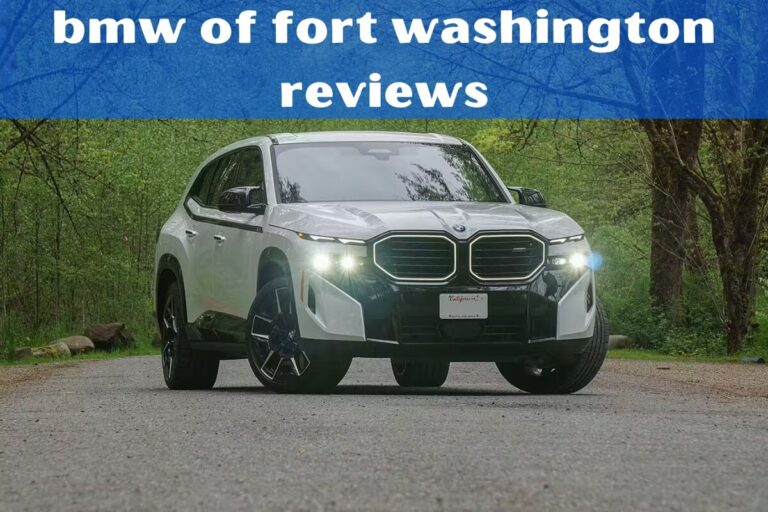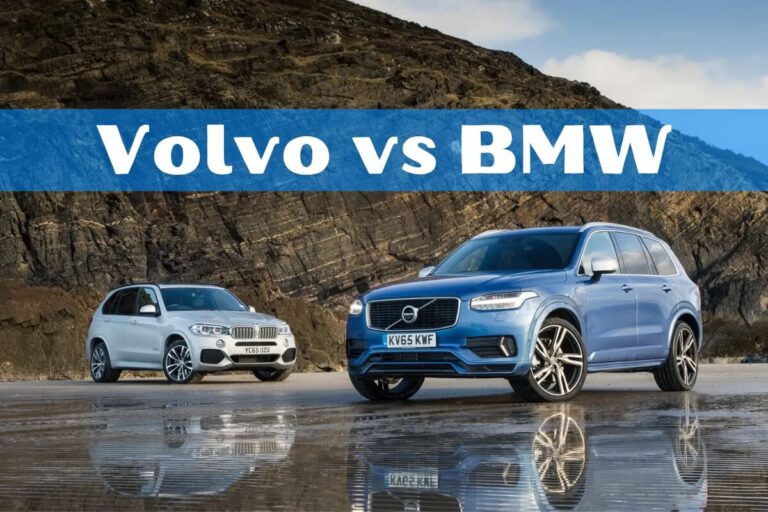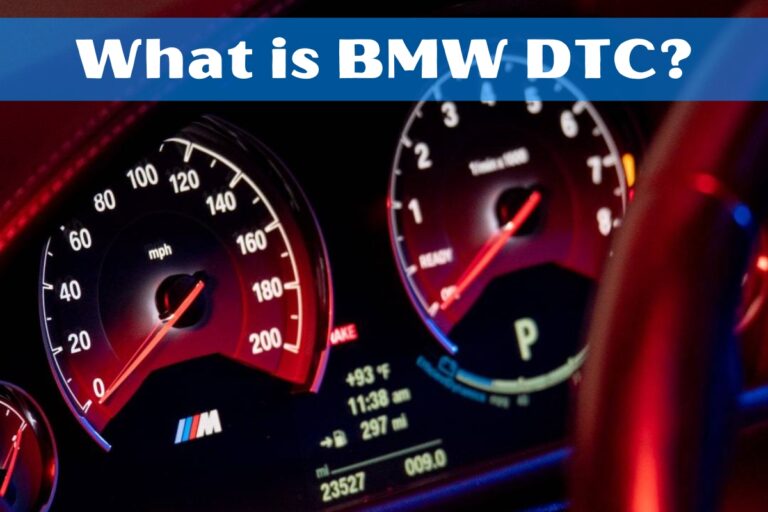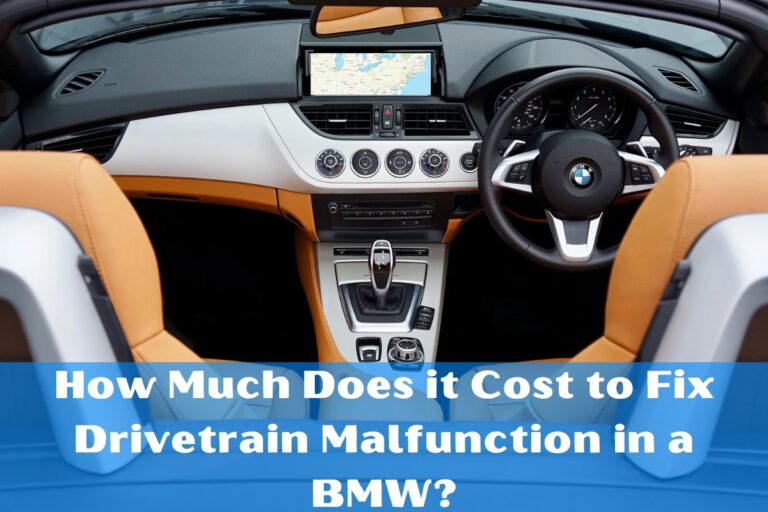BMW iX vs Tesla Model X: Ultimate Electric SUV Showdown
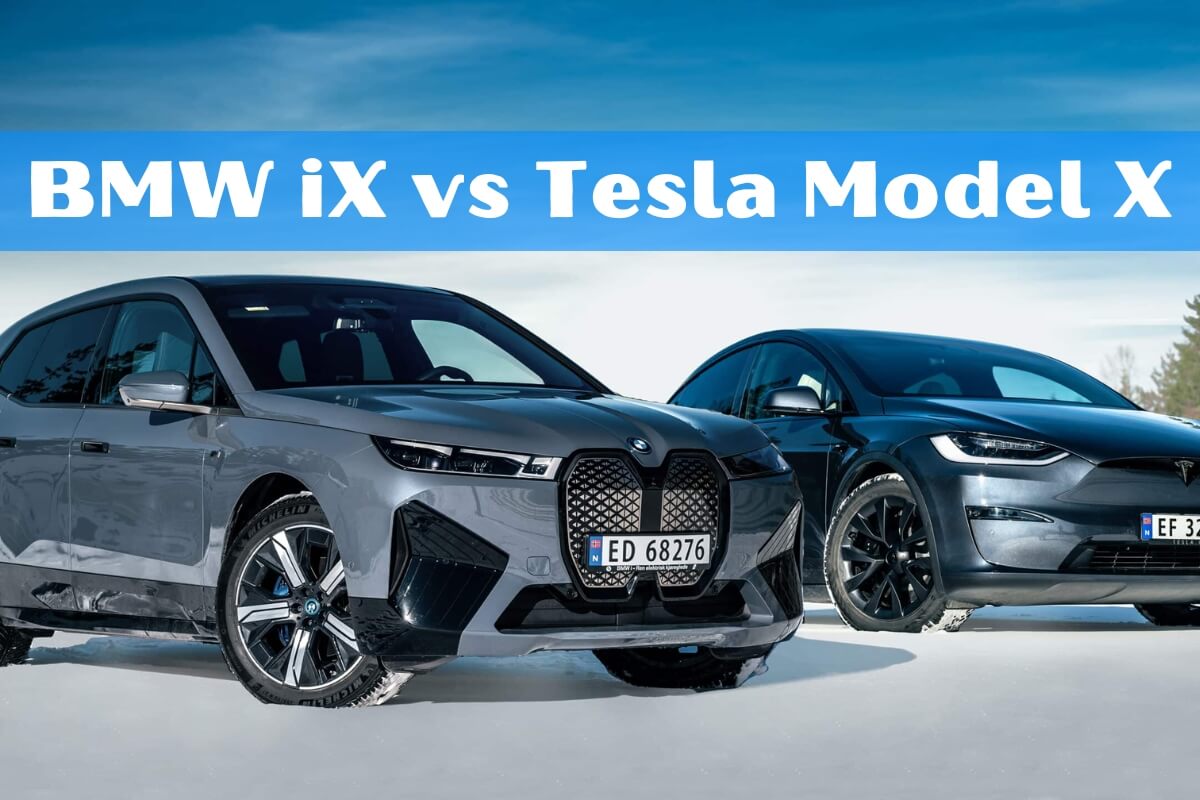
Are you torn between the BMW iX and Tesla Model X for your next premium electric SUV? This in-depth comparison guide will help you decide which luxury EV is the better choice for your needs and lifestyle.
The electric vehicle revolution is in full swing, and two of the most compelling options in the luxury SUV segment are the BMW iX and Tesla Model X. Both deliver stunning design, cutting-edge technology, and exhilarating performance – but which one truly reigns supreme?
In this head-to-head battle, we’ll compare the BMW iX vs Tesla Model X across all the key areas that matter most to discerning buyers. From exterior styling and interior luxury to performance, range, charging, and advanced tech features, we’ll leave no stone unturned. We’ll also examine pricing and overall value to help you maximize your investment.
So buckle up and get ready to discover which of these electric juggernauts – the BMW iX or Tesla Model X – emerges as the superior luxury EV for your needs and wants.
Exterior Design and Style
When it comes to exterior design, the BMW iX and Tesla Model X take two distinctly different approaches that reflect their brands’ philosophies.
The BMW iX embodies the Munich automaker’s bold new direction for its electric vehicles. Its oversized double kidney grille and slim LED headlights give it an unmistakable presence on the road. The sculpted bodywork emphasizes aerodynamics and muscularity. From the rear, distinctive black taillight inserts provide a menacing look. Overall, the iX’s avant-garde styling is sure to turn heads.
In contrast, the Tesla Model X stays more grounded in conventional SUV design cues. Its front fascia is relatively plain, characterized by a short sloping hood. The signature element is the Model X’s upswing falcon-wing rear doors, providing dramatic access to the cabin. While eye-catching, the rest of the Tesla’s silhouette comes across as fairly standard for the luxury SUV segment.
Ultimately, the iX’s daring new look gives it a leg up over the more pedestrian Model X when it comes to exterior design and road presence. But beauty is in the eye of the beholder – the Model X’s conventional looks may appeal more to some buyers’ tastes.
Interior Luxury and Space
Step inside, and these two premium electric SUVs reveal their distinct interior design personalities as well.
The BMW iX embraces cutting-edge luxury and technology within its sophisticated cabin. Material quality is exceptional, with premium leatherette, wood, and metal accents creating a warm, upscale ambiance. The showpiece is the massive dual-curved display that merges the digital instrument cluster and infotainment controls into one sleek unit.
Passenger room and cargo space are quite generous. Even tall occupants will find plenty of head and legroom in both rows, and there’s ample storage for all your stuff behind the second row.
Meanwhile, the Tesla Model X maintains the brand’s signature minimalist interior aesthetic. Everything is pared down and controlled through the monolithic central touchscreen. High-quality vegan materials create a modern and airy feel, but some find the lack of traditional luxury accents to be too stark.
The Model X’s party trick remains its falcon-wing rear doors, enabling unobstructed access to the second and third rows. However, the third row is quite cramped for adults, limiting its usefulness as a true three-row SUV. Cargo room behind the third row is also tight compared to other large luxury SUVs.
While both deliver premium cabin experiences, the BMW iX gets the nod here by balancing ultra-modern design with exceptional material quality and everyday roominess and versatility.
The Tale of the Frunk
One unique advantage both the iX and Model X have over conventional SUVs? A front trunk (frunk) made possible by their electric powertrains.
The BMW iX has a reasonably sized 0.9 cubic feet frunk that’s perfect for stashing smaller items like charging cables or keeping your takeout food warm on the drive home.
However, the Tesla Model X frunk is absolutely massive at a whopping 6.5 cubic feet. Its deep well can easily accommodate multiple full-size suitcases, grocery hauls, and bulkier cargo – a serious advantage over most rivals.
So while the iX has the edge for overall interior packaging, the Tesla’s party trick of an uber-capacious frunk earns it some points back.
Performance and Driving
Both the BMW iX and Tesla Model X promise electrifying performance fit for their premium luxury pedigrees. But there are some key differences in how they deliver the speed and driving experience.
The BMW iX xDrive50 comes standard with two electric motors generating 516 horsepower and 564 lb-ft of torque, enough for a 0-60 mph sprint in just 4.4 seconds. For even more thrills, the iX M60 turns up the wick with up to 610 hp and 811 lb-ft, dropping the 0-60 time to an exhilarating 3.6 seconds.
Handling is sharp and precise, striking an excellent balance between sporty dynamics and comfortable ride quality – especially when equipped with the adaptive air suspension. The iX is a delight to drive spiritedly.
The Tesla Model X matches the dual-motor layout but takes acceleration to stratospheric levels with the Plaid powertrain’s 1,020 hp output. With instant torque and a low center of gravity, the Model X Plaid can rocket from 0-60 mph in just 2.5 seconds – quicker than most supercars.
However, that explosive power comes at the expense of some handling finesse. The Model X has a fairly firm, truck-like ride that some may find overly harsh on rougher roads compared to the iX’s luxury demeanor. And while incredibly quick, its straight-line speed comes at the expense of agility and steering feel in corners.
So while the Model X takes the cake for sheer mind-bending acceleration, the iX has the more well-rounded and luxurious driving demeanor overall that most buyers will likely prefer day-to-day.
Range and Charging
With battery range and charging convenience being critical factors for EV buyers, how do the BMW iX and Tesla Model X stack up?
The BMW iX xDrive50 features a large 111.5 kWh battery pack that delivers an EPA-estimated range of 324 miles on a full charge. That’s quite impressive for such a large luxury SUV. Need even more range? The upcoming iX M60 is expected to achieve close to 300 miles of range despite its performance orientation.
As for charging, the iX supports DC fast charging up to 195 kW, which can replenish the battery from 10-80% in just 35 minutes when hooked up to a high-powered station. BMW’s partnerships with EVgo, Electrify America, and others provide semi-decent charging coverage, but it still lags Tesla’s ubiquitous Supercharger network.
On the Tesla Model X side of the equation, the Long Range AWD model gets an estimated 348 miles of EPA range from its 100 kWh battery pack – besting the iX. And the Model X Plaid, despite being the performance range-topper, still manages an impressive 333 miles of range.
For charging, Tesla continues to lead the way. The Model X can charge at up to 250 kW on a V3 Supercharger, with some models pre-conditioning the battery for peak charge rates when navigating to a station. And with over 25,000 Tesla Supercharger stalls globally, it remains the gold standard for DC fast charging convenience.
While the Model X takes the overall range crown in most trims, the BMW iX delivers very strong range as well – especially considering its slightly larger vehicle footprint than the Tesla. And while Tesla has the charging network advantage today, expect BMW and other automakers to rapidly build out their networks to match in the coming years.
The Road Trip Convenience Factor
For maximum road trip convenience, the edge has to go to Tesla and its seamless Supercharger network for now. Being able to plug in at any Supercharger and add hundreds of miles of range in 15-30 minutes makes long-distance travel a breeze in the Model X.
The iX can certainly handle road trips as well, but you’ll need to be a bit more strategic about charging stops and locations – at least until BMW and partners roll out more expansive fast-charging coverage.
Advanced Tech and Features
Premium vehicle buyers expect the latest in cutting-edge tech features – and the BMW iX and Tesla Model X certainly deliver on that front. But their approaches differ once again.
The BMW iX showcases the brand’s latest iDrive 8 infotainment system with a sleek curved display integrating the 12.3-inch digital instrument cluster and 14.9-inch central touchscreen. It has great response, modern graphics, and intuitive controls via touch, voice, or the rotary controller.
Other cool features include a large head-up display, remote software updates, 5G connectivity, and the latest BMW Personal Assistant with natural language voice commands. On the driver assistance front, it offers semi-autonomous hands-free driving on approved highways through the BMW Driving Assistant Professional.
As for the Tesla Model X, it epitomizes the brand’s pioneering over-the-air software update capabilities that can continually upgrade the SUV with new features over time. The huge 17-inch central touchscreen with video game capability and video streaming is a real party trick for rear passengers.
Where Tesla leads is its advanced Autopilot system which enables full self-driving capabilities (with the FSD option) on local roads. It allows for true hands-free operation in many scenarios, though it still requires driver supervision. The upcoming Hardware 4 computer promises even more processing power for future autonomy advancements.
While the iX provides a superb tech experience through BMW’s excellent iDrive system and helpful driver aids, the Model X’s continued over-the-air updates and current FSD capabilities give it an edge as the segment leader in autonomy and future-proof tech.
Pricing and Value
At the end of the day, value and pricing will be a major deciding factor for most buyers when choosing between the BMW iX and Tesla Model X.
The BMW iX xDrive50 starts at $83,200 for the base model, while the high-performance iX M60 commands $108,900. Even loaded up, it’s tough to push the iX’s price tag beyond $120k or so. But BMW’s generous incentives and lease deals can make it easier on the wallet.
In comparison, the Tesla Model X is priced even higher. The Long Range AWD starts at $109,990, while the insane Model X Plaid rockets up to $138,990. And that’s before adding any options or potential pricing adjustments from Tesla. High-mileage versions can eclipse $150k quite easily.
So while the Model X is undoubtedly a performance beast, the iX provides much better value overall when comparing capabilities, features, and pricing. The Model X’s higher cost makes it a tougher sell for many luxury buyers – unless you absolutely must have every last smidgen of performance or Tesla’s latest autonomy features.
The Verdict
After examining the BMW iX and Tesla Model X electric luxury SUVs from every angle, it’s clear that both represent the cutting edge of EV design and engineering. But they take different philosophical approaches to getting there.
The BMW iX is the unequivocal luxury and value champion here. It artfully blends BMW’s legendary driving dynamics with a spacious, premium cabin and gobs of the latest tech features. Yet it starts over $25k less than the Model X while providing similar range and better efficiency. For most luxury buyers, the iX simply makes more sense overall.
However, the Tesla Model X remains the performance and tech innovation leader with its mind-bending acceleration abilities and advanced self-driving ecosystem. If straight-line speed and autonomy are your top priorities regardless of cost, Elon’s brash electric SUV may be a better fit. Its minimalist interior and tighter cargo room are compromises some buyers will make.
In the end, the BMW iX hits a superior luxury EV sweet spot that will likely resonate with the most buyers in this rarified segment. But the Tesla Model X’s cult status and futuristic appeal ensure it will find plenty of fans too. Luckily for EV buyers, there are two fantastic premium electric SUV options from which to choose.

